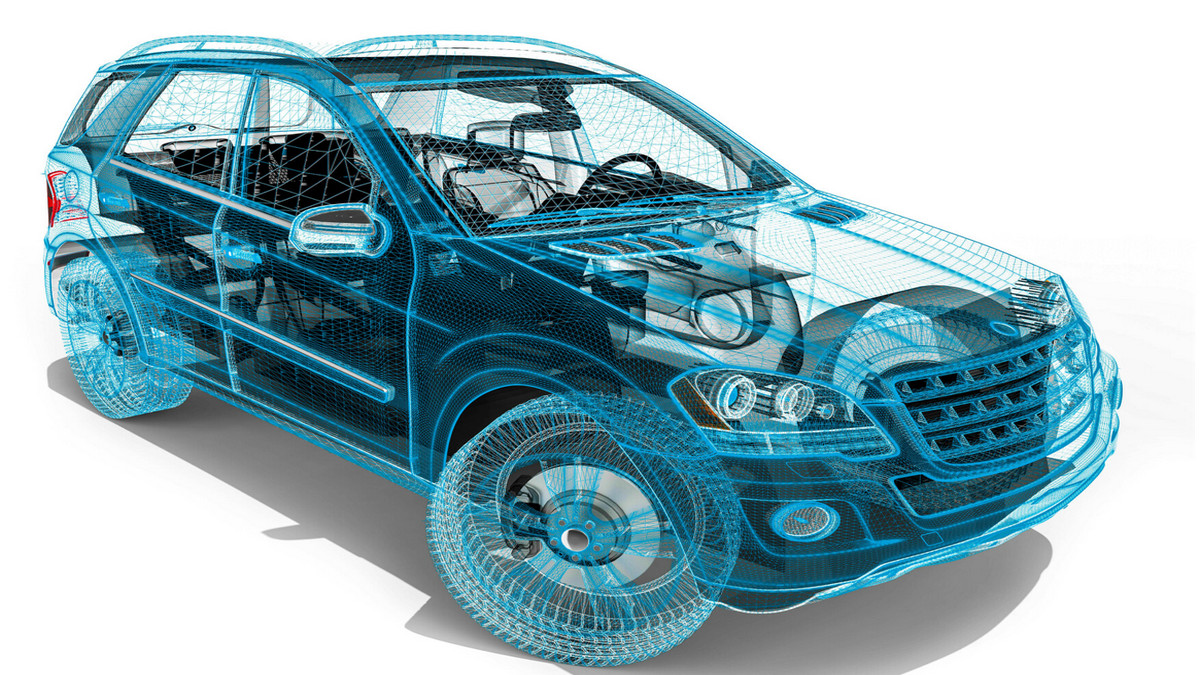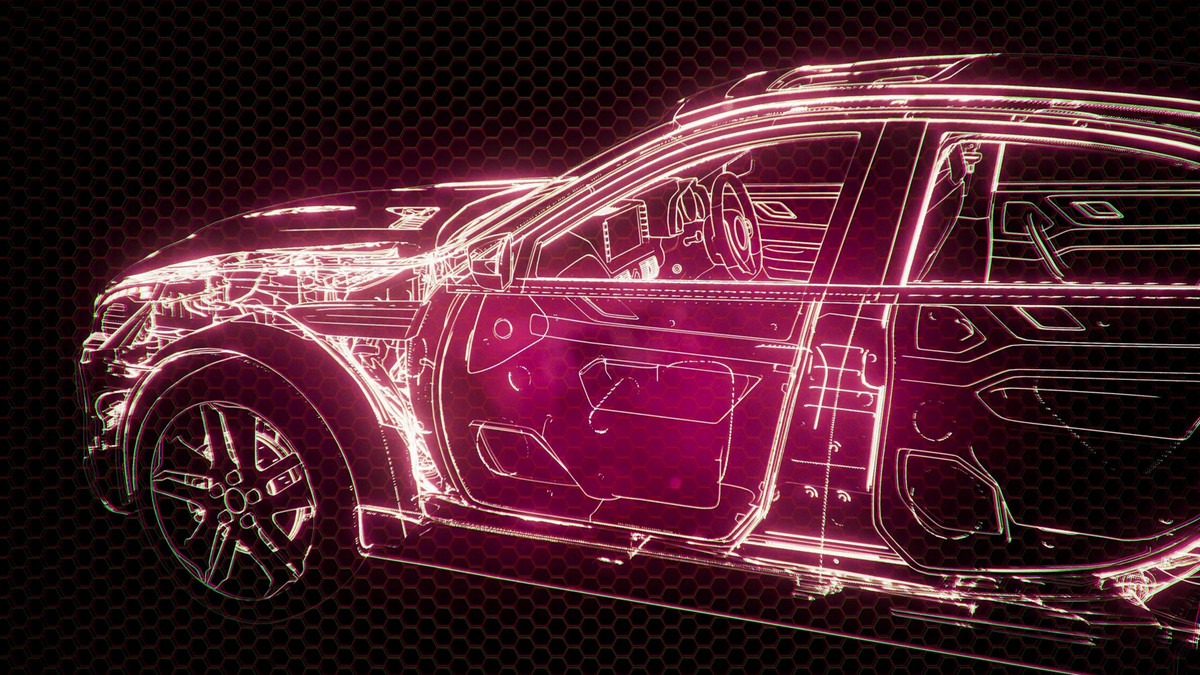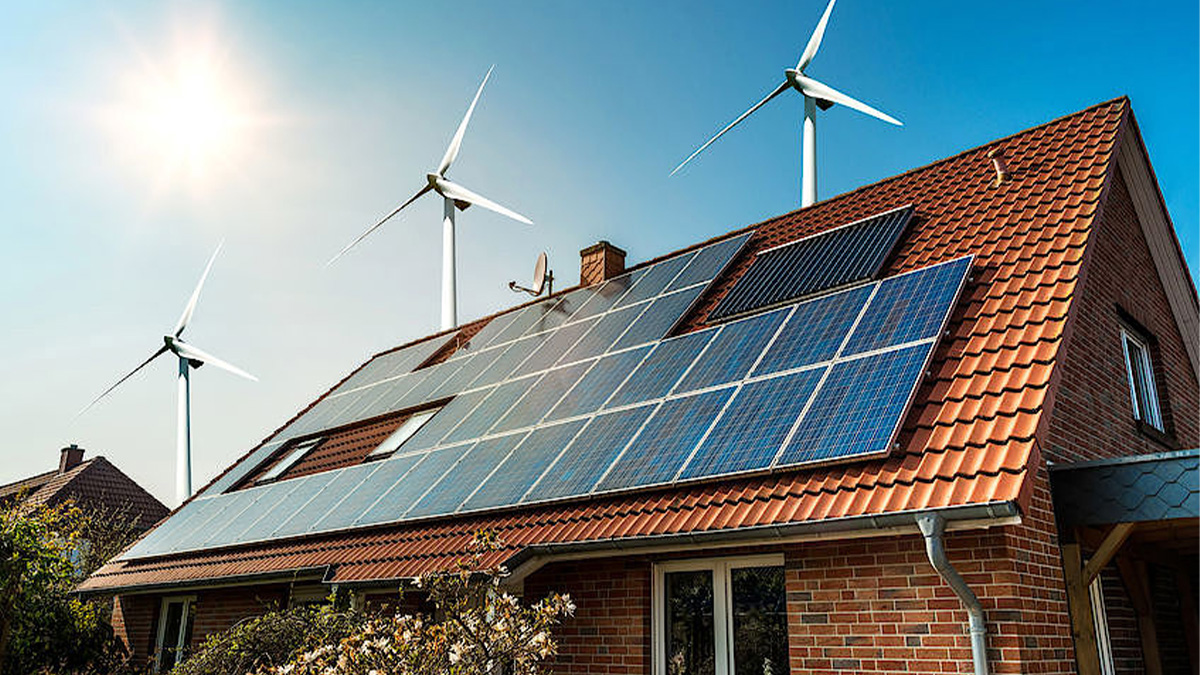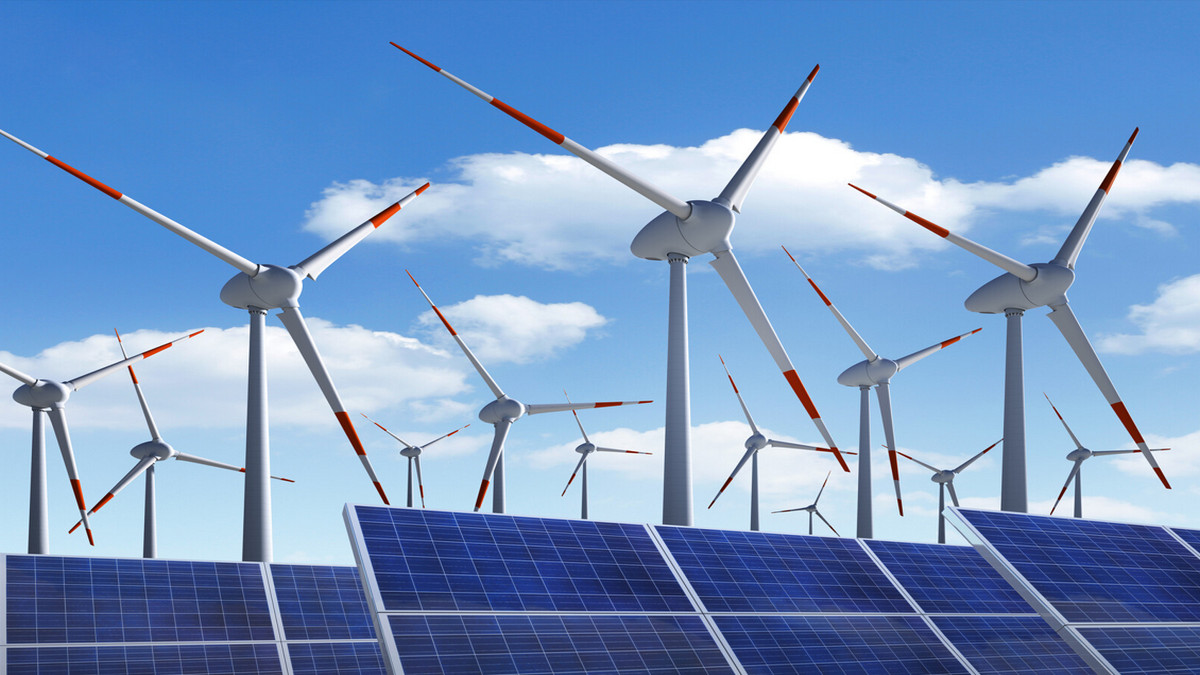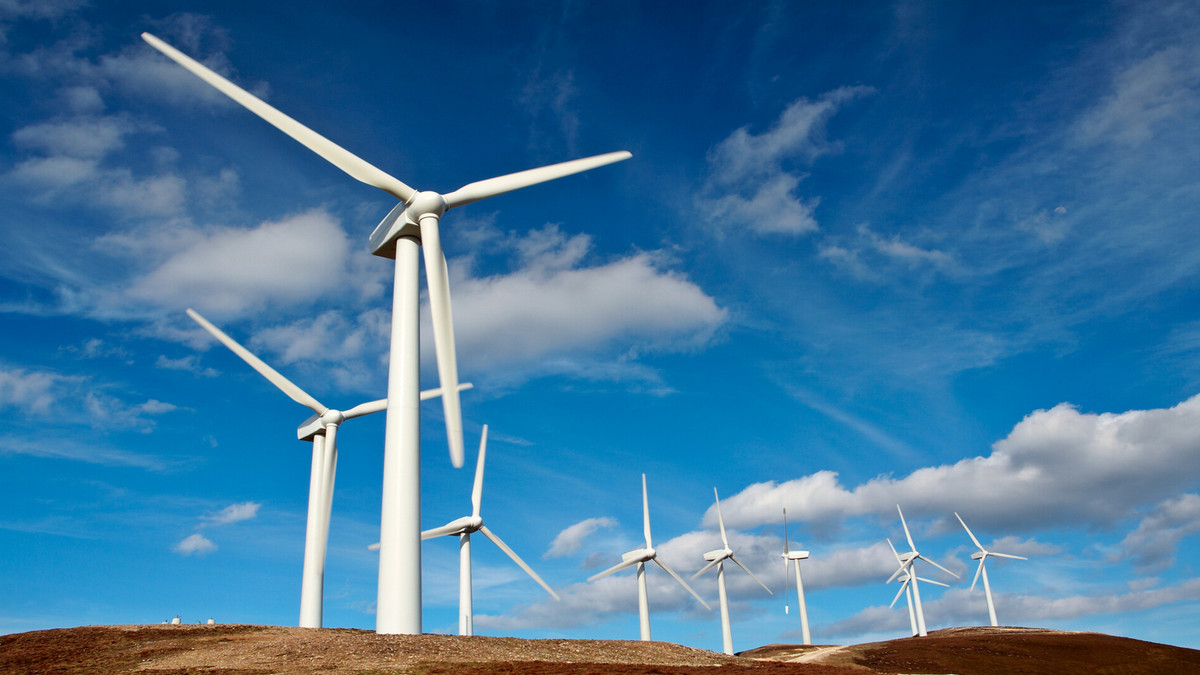The size of the consumer electronics market was worth US$1 trillion in 2019 and is expected to grow at a compound annual growth rate of more than 7% between 2020 and 2026. Industry participants continue to invest in the research and development of new consumer electronics products, including smartphones, smart wearable devices, and home appliances, which will drive market growth.
The penetration rate of Internet connections and services in many developed and developing economies around the world has rapidly increased, providing strong growth opportunities for the consumer electronics market. According to market data from the China Internet Network Information Center, the Internet penetration rate reached 61.2% in 2019, an increase of 1.6% over 2018. According to the CIA report, as of 2019, there are 62.9 million active Internet users in the UK.
The industry trend of adopting micro-LED technology in TVs and large displays is expected to expand the market size of audio and video consumer electronics products in the next few years. Leading market participants are investing heavily in the development of this technology to meet high consumer demand.
Short product life cycles and increasing product variants pose a major challenge to the growth of the consumer electronics industry. The dynamically changing technological landscape is encouraging consumers to switch to electronic products that integrate the latest technologies. This has led to the rapid shortening of the product life cycle of consumer electronic products such as smartphones, TVs, and cameras, which hindered market demand. Manufacturers face the challenge of shortening product development time and time to market to survive in a highly competitive market.
Since January 2020, the rapid spread of the COVID-19 epidemic has adversely affected the consumer electronics industry. Supply chain and logistics interruptions restricted to import and export trade, and severe shortages of raw materials, etc., are various unfavorable factors that hinder the production capacity of consumer electronics manufacturers. Companies such as Samsung, Apple, and LG have suspended production in many countries including India, Malaysia, and China to comply with government regulations and curb the spread of the virus. According to industry forecasts, the market is expected to resume momentum in the first quarter of 2021.
How digital transformation accelerates the technology industry?
Consumer electronics refers to electronic products used in daily consumer life. Consumer electronic products are manufactured all over the world, especially concentrated in China or other regions with relatively low-cost production.
As we enter the digital revolution in 2021, today’s most important technological trends will play an important role in fusing our digital and physical worlds. These worlds are suddenly changing our daily life patterns from shifting to working from home, to keeping in touch with different people, and even curing diseases. These trends will continue to promote the development of the technology industry.
The demand for technology products in the first few months of 2021 looks likely to be very similar to the situation in the last few months of 2020. Laptops and other work-at-home tools have increased consumer spending on technology. More people will work remotely from home, creating demand for class-related consumer electronics products in major countries and all age groups. It is speculated that this year's technology retail sales will reach 461 billion U.S. dollars, higher than the estimated 422 billion U.S. dollars in 2020, and nearly 40 billion U.S. dollars higher than the previous year.
According to data from Global Market Insights, the size of the consumer electronics market in 2019 was US$1 trillion. It is expected that the compound annual growth rate (CAGR) between 2020 and 2026 will exceed 7%. This is mainly due to the rapid growth of Internet connections and globalization. Services are provided by multiple developed and developing economies.
Consumer electronics trends in 2021:
- Remote work and education: By 2020, most of the world will shift to remote work and learning. This change will make consumers need frequent contact with mobile phones, computers, monitors, microphones, keyboards, mice, cameras, and even smart coffee machines, foot massagers, and other home appliances and consumer electronic products, which will enable them to adapt to working remotely anytime and anywhere, by meeting the needs of daily life.
- Epidemic situation: Since the beginning of the COVID-19 epidemic, health and wellness have been the most important issues for consumers, and health and equipment to reduce the spread of the virus will be the most concerning development in the market. The market expects related products such as masks, air purifiers, wearable devices and sensors, and other smart health devices. And with the combined application of voice command technology and equipment, it is not only easy to use this equipment, but also non-contact interaction can be achieved, which helps reduce the chance of germ infection.
- Home entertainment: Due to the impact of the epidemic, the world is still under lockdown. The only option after working and studying at home for a whole day is to relax and play, especially if you can’t go out, and need to spend more time at home. You can watch, listen to, or play indoors. Televisions, speakers, personal audio, gaming PCs and peripherals, and game consoles will enable consumers to enjoy entertainment in the comfort of their homes.
- Smart home equipment and smart cities: As people spend most of their time indoors, which leads to increased investment in technology upgrades, houses are bound to become more comfortable. Daily household tools and gadgets, such as locks, cameras, lights, refrigerators, and even faucets, toilets, and gardens, will all be digitalized and intelligent. These devices will enhance the convenience of your life.
- 5G era: Almost all our tools and equipment need data and connections to power them. With the development and improvement of 5G technology, it will bring faster and more reliable network speeds than ever before. Various brands are promoting mobile phones that support 5G, which also makes this new technology more quickly popularized by the public. As 5G technology continues to mature and can be used by everyone, other 5G-enabled devices (such as laptops, tablets, and other smart devices) will be developed as well.
- Robots and drones: The application of robots and automation will become very important in 2020. As people move to remote work, tasks that perform manual labor are now operated by robots and automated systems. In 2021, this trend will make it the norm, even in our families. For example, domestic robots use advanced artificial intelligence to assist work at home, while disinfection robots can handle household cleaning and disinfection, and drones can assist in monitoring or transporting items.
- Transportation and mobility: There will be a significant decline in traffic throughout 2020, which in turn encourages automakers to continue to innovate to transport people as quickly, comfortably, and safely as possible. According to current observations, the trend has shifted from multi-person carpooling to more personal and private transportation. Micro mobility has aroused great interest in electric scooters and mopeds of all ages. Although self-driving pod vehicles and electric vertical take-off and landing (VTOL) machines are just a glimpse of the future, the future of vehicles will certainly have digital integration that enables them to communicate with their surroundings.
As consumer electronics brands launch innovative products, customer experience is paramount.




